Despite pointing to serious breaches of citizens’ rights, Ombudswoman Jana Dubovcová has often presented her findings to an empty parliament, and MPs have repeatedly refused to acknowledge her reports.
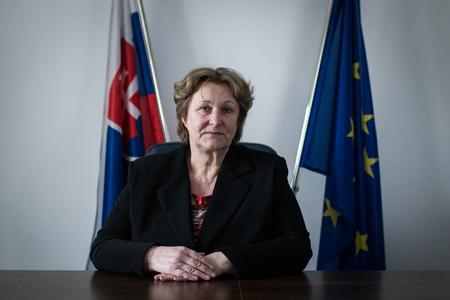
Her efforts, however, have been praised by international organisations. The US Embassy in Bratislava even presented her with a Human Rights Defender Award on April 2, 2014, in recognition of “her efforts to defend and promote the rights of all Slovak citizens, and to ensure those rights are recognised and upheld by all relevant institutions throughout Slovakia”.
The Slovak Spectator here reviews some of the cases which Dubovcová has cited in her reports.
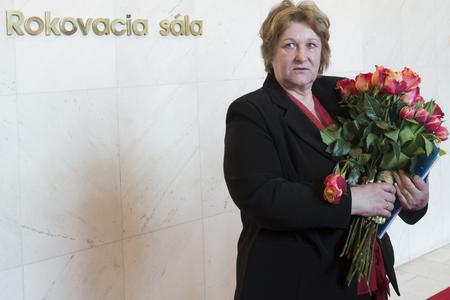
Alleged police brutality
Among the most serious problems Dubovcová has pointed to is alleged police violence against Roma. This occurred, in particular, during two raids: one in the Budulovská settlement in Moldava nad Bodvou in June 2013, and another in the village of Vrbnica (both in Košice Region) in April 2015.
In the former case, eyewitnesses claim some 50 SWAT unit police officers arrived in Budulovská in approximately 20 vehicles, and then raided homes in the settlement. The police detained 15 people. Some 30 people were reported injured during the raid, according to the ETP Slovensko non-governmental group.
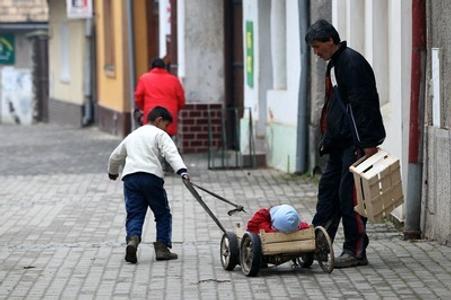
Dubovcová, along with several human rights organisations, criticised the police, stating that the police seriously violated the fundamental rights of local people. However, Interior Minister Robert Kaliňák said that the raid was a normal police action.
The ombudswoman also questioned the police’s conduct in the 2015 Vrbnica raid, during which officers reportedly injured 20 Roma, of whom 15 had to be treated in hospital.
The head of the regional police station in Košice, Juraj Leško, said at the time that no violence was used, and the Interior Ministry claimed that Dubovcová had arrived at a “premature conclusion”.
Following the controversial raids, the ombudswoman urged the police to use cameras during operations and proposed that an independent body should be created to investigate police activities. National police chief Tibor Gašpar has since ordered that cameras should be used in raids, attached to the police officers’ uniforms.
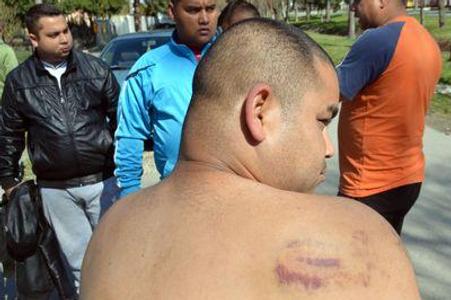
Detention rooms illegal
Dubovcová has also repeatedly criticised the creation of special rooms for detaining people that are not proper police cells, meaning that no legal rules apply to them. As she explained, these cells are only parts of corridors separated off by bars. There is usually only a chair, a window and some straps for restraining prisoners. Such constructions are illegal, but the police use them on a daily basis.
Her office took a closer look at conditions in police stations in 2014. The survey included 19 facilities where it was found that police were using illegal cells. Dubovcová also registered four complaints from people who were held in such facilities.
Areas that are not proper cells but are used by the police to detain people can be found in almost every district police station, Interior Minister Robert Kaliňák said in response to the criticism.
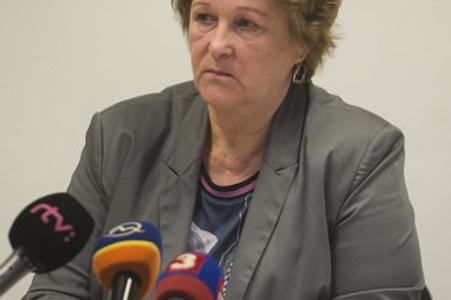
Focus on foreigners
Some of the ombudswoman’s inspections also focused on foreigners and the police’s approach to them.
In a report released in September 2015, she suggested that a police operation against protesting migrants in the Medveďov refugee camp (in Trnava Region), who had stopped accepting food, were refusing to leave the canteen, and were demanding to be deported back to Hungary, showed the unpreparedness of Slovak detention facilities to handle the refugee crisis.
She found that conditions there resembled a prison, and that such camps lacked interpreters and mediators able to help refugees with their daily frustrations and problems.
She also scrutinised the conditions for permitting stays in Slovakia at all branches of the Foreigners’ Police in Slovakia in 2014, asking foreigners about their experience with the availability of such offices, the language skills of the officers, and the refreshments available at the facilities. She also checked how officers handle foreigners and whether they do, or do not, violate foreigners’ fundamental rights and freedoms.
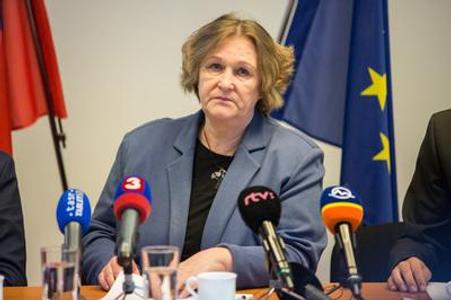
Children still face discrimination
Rights activists, including Dubovcová, have also long pointed out that special education schools house a disproportionate number of children from Roma communities. They have alleged that these children are being over-diagnosed and are thus stripped of any real opportunities early in life, as they fall further and further behind others of the same age while studying in schools meant for children with mental disabilities.
Back in August 2014, Dubovcová presented the results of research which revealed that psychologists from pedagogical and psychological advisory centres diagnosing children do not take into account the different environment the children are growing up in, and noted that children are being tested in the state language, Slovak, rather than a language they actually understand. As a result, many children end up in special classes even though they do not really have special needs.
Following the revelations, the European Commission launched a legal action against Slovakia in 2015 for discrimination against Roma pupils. The government attempted to defend itself by claiming that many Roma children are mentally disabled and alleging that this is because they are the products of incest.
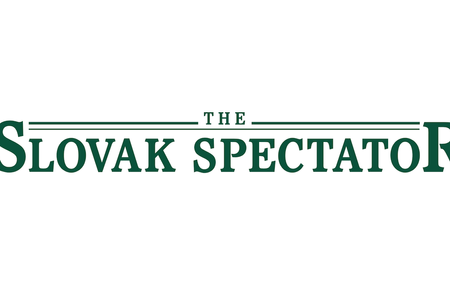
Problems in reform centres
Back in May 2014, Dubovcová published a report claiming that children in reform centres and boarding schools were suffering from malnutrition. She reported that the amount being budgeted for breakfast for children aged 6-11 in these facilities was just €0.33, while the daily per-person budget for all meals was €2.28. Food for 18 year olds was budgeted to cost €2.69 per day.
Then-education minister Peter Pellegrini (Smer) later promised to increase the daily contributions to pay for food by 20 percent.
Moreover, at a press conference held in late September 2016, Dubovcová presented the results of her inspections of six re-education facilities in Slovakia, revealing that the entire system of youth correctional facilities did not respect children’s interests and should be reconsidered.
The probe, carried out during the course of 2013 and between March and May 2014, revealed serious shortcomings in nearly all the monitored facilities, including the practice of physical punishment, restrictions on the use of toilets, enforced gynaecological examinations, and children being forced to wear red items of clothing to indicate that they had broken the rules.

Socio-legal protections insufficient
Dubovcová has also pointed to flaws in the management of a resocialisation centre in Galanta (Trnava Region), and other similar centres in a report issued in January 2017, questioning the whole decision-making process and its impacts on children. One of her most serious conclusions was that in some cases children and youths were being sent to facilities without any proper diagnosis.
Moreover, she found that in some cases the main reason for placing a child at a facility was merely a suspicion that the child might take drugs. After parents had met with a social worker, the respective labour office was in the habit of proposing to a court that the child be placed in a resocialisation centre.
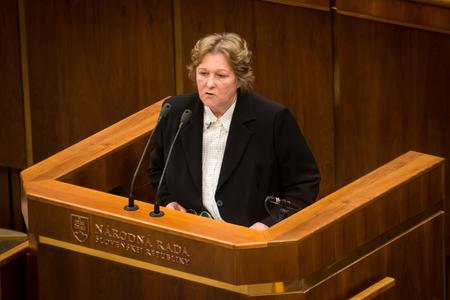
Though some of the affected children were diagnosed after being placed at the centre, in the case of the Galanta centre, Čistý Deň, this was done by facility employees. This was not right, according to Dubovcová, as employees may just have been following the instructions of their employers.
With press reports



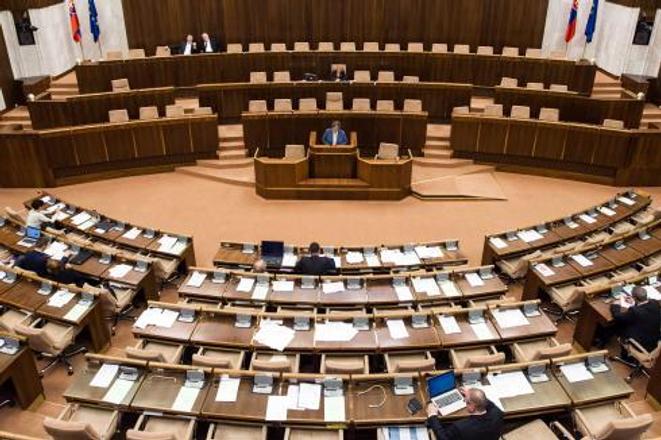 Ombudswoman has often presented her findings to an empty parliament. (source: Sme)
Ombudswoman has often presented her findings to an empty parliament. (source: Sme)